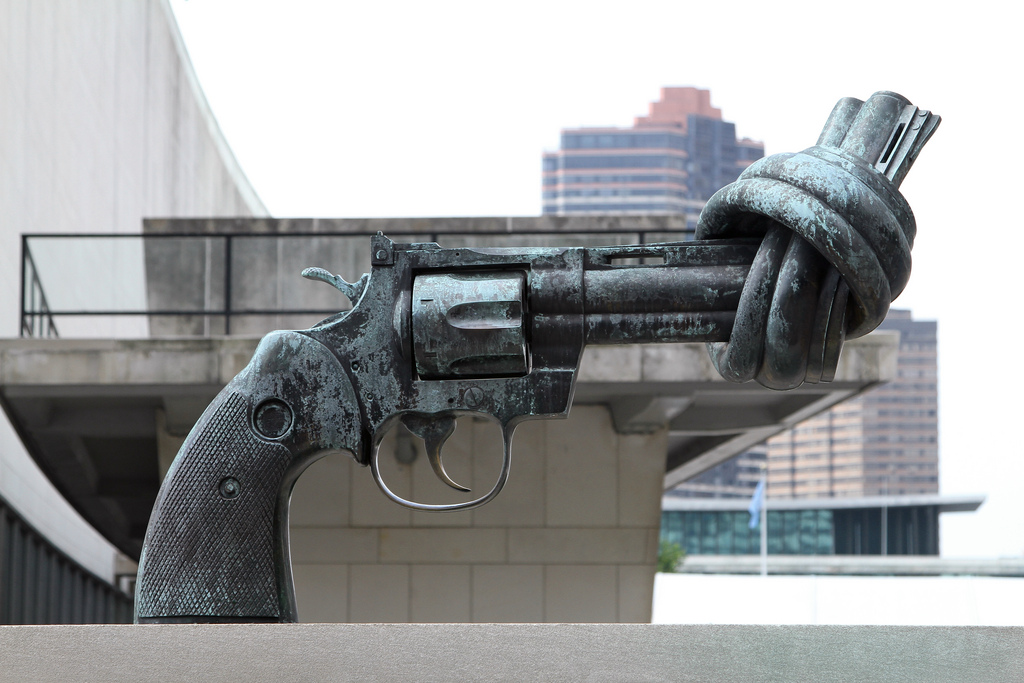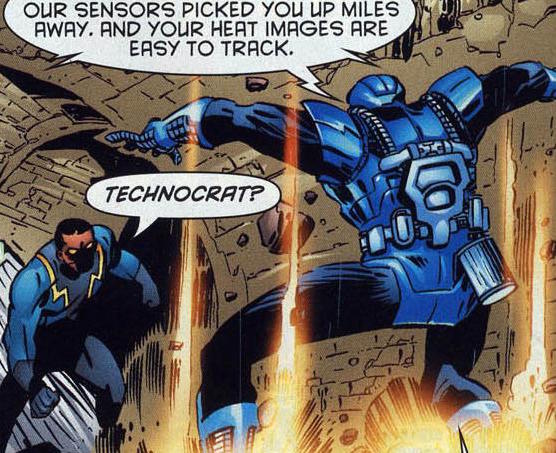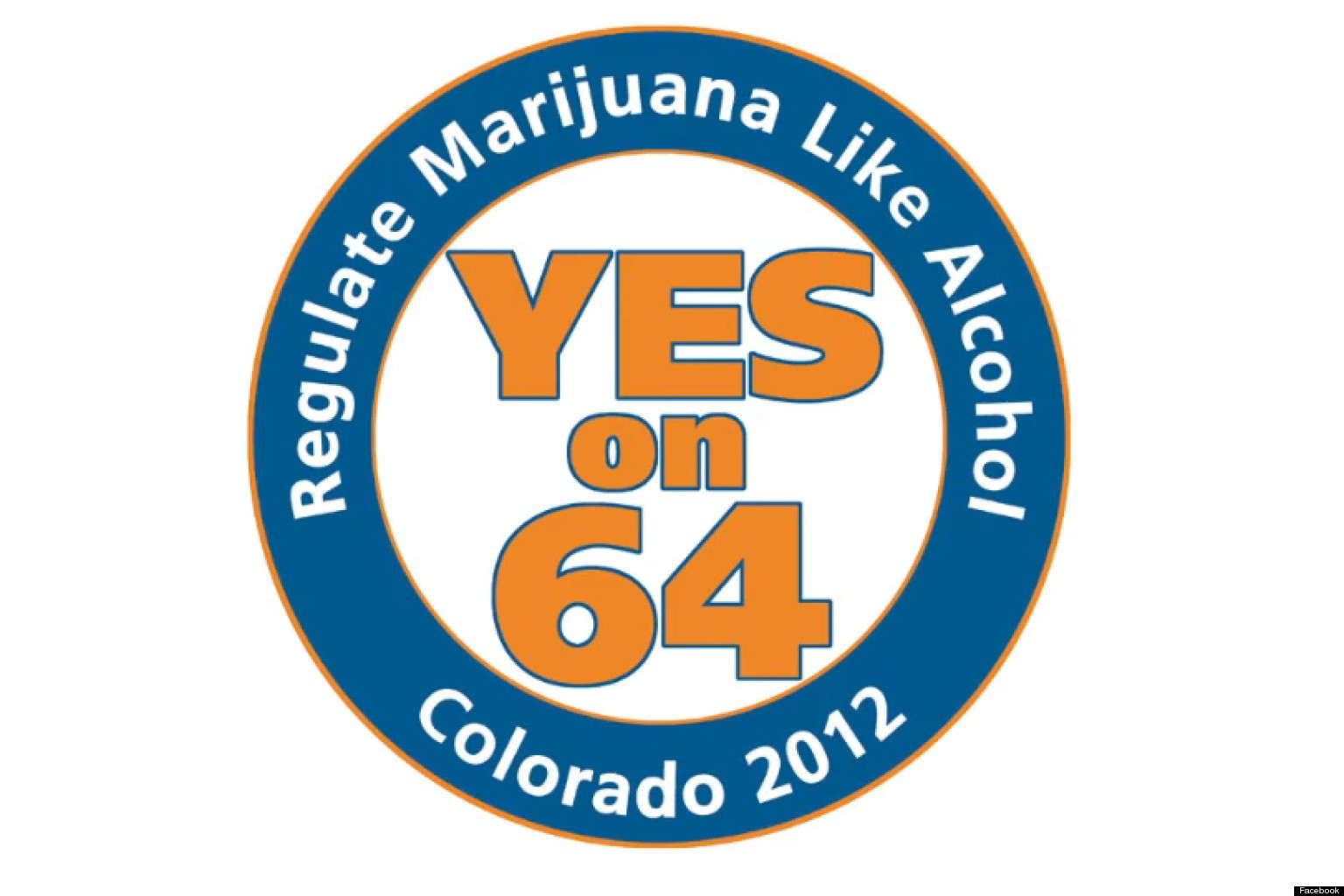A few weeks ago, a couple of my closest friends and I attended a concert at a small venue. We were blithely dancing, concerned only with the live music before us, when I was struck by a thought that inspired a moment of panic—what if someone were to open fire at the crowd? The room was cramped, filled to the brim with people; we were sitting ducks. I paused to look around, quickly noting the closest exits, the sturdiest partitions we could dive behind if the worst case scenario were to occur.
This stream of consciousness is one of increasing frequency as the number of public shootings in America steadily climbs. Often times I cannot help but worry about the dreadful potential, especially when I find myself at special events—even when they are not politically charged, at which I can almost explain the anger that inspires someone to assert violence—but rather at normal events: concerts, movies, church sermons, etc. My thoughts at the concert were fleeting, taking place over a matter of seconds, the alarming importance unperceived by those around me. I deemed the possibility of a shooting unlikely and continued to dance. I found myself unsettled by the reality I was stuck considering but was equally unsure of how to resolve it.
Just three days later I received an influx of notifications on my phone, each detailing the shooting that transpired at Marjory Stoneman Douglas High School in Parkland, Florida. The news poured in as it became available; the gunman was a 19-year-old man named Nikolas Cruz. Using an AR-15 rifle, he killed 17 people and left several more injured.[1]
Like for many others, an increasingly familiar series of knots formed in the bottom of my stomach as I watched the events unfold in real time. My feelings consisted of anger and sadness, but not of disbelief.
In the wake of this tragedy, I find that my disbelief lies instead in the normalization of gun violence in America. A database created by Mother Jones to track mass shootings in the United States (defined as “indiscriminate rampages in public places resulting in four or more victims killed by the attacker”) listed Parkland as the second to occur since 2018 began, less than two months ago. Moreover, the database identifies Parkland as the 72nd mass shooting since Columbine—a disaster that is widely viewed as one of America’s most traumatic modern massacres. When it was committed in 1999, Columbine was the most fatal school shooting in America, which engendered a nationwide outcry for stronger gun control and school safety.[2][3]
19 years have passed since that shooting left the world appalled. People around the globe spoke exhaustively of the atrocity of Columbine, of the tragedy. The effect was immediate but seemingly unlasting. Federal reform on gun control has been scant, with only two key federal acts regulating firearms passed since 1999.[4]
19 years have passed, and despite how disturbing that killing spree was, it no longer makes the list of the top ten deadliest shootings in recent American history.[5]
19 years have passed, and it is clear that Columbine taught us nothing.
Over the past two decades, we have become devastatingly accustomed to news of deadly gun violence in the United States. We seem to anticipate and accept this distressing matter, despite the fact that there are definite solutions to this tribulation.
As shown by steps taken by other nations, it is blatantly obvious that change is not only feasible, but quite uncomplicated. Take Australia, for instance, where a gunman killed 35 people with a semi-automatic rifle in 1996. Less than two weeks afterward, a bipartisan coalition passed sweeping gun legislation that effectively ended mass shootings and dramatically reduced gun violence nationwide. There hasn’t been a single mass shooting in Australia since.[6]
It has become more and more clear that as a nation we have the ability to stop mass shootings. Be that as it may, some constituents and political leaders simply do not possess the desire to.
When Kinder Eggs were perceived as a threat to the safety of American children in the late 1930s, they were quickly outlawed. To this day, the banned candy is immediately confiscated from those caught attempting to smuggle it into America, and some are even required to pay a hefty fine for their misconduct. And yet, as of February 2018, it is not only legal, but relatively easy for a mentally unstable 19-year-old to purchase an automatic rifle with which he can murder a number of innocent school attendees.
The responsibility for the afflictions that accompany mass shootings lies not only on the gunman, but on America as a whole. Cruz did not act alone in this recent decimation. His list of accomplices is lengthy and includes America’s elected officials as well as those who voted them into office.
The National Rifle Association has also proven to be a powerful source in America’s governmental system. Historically, they have contributed millions of dollars to candidates (both congressional and presidential) with the returned benefit of expanded gun rights. Through aggressive lobbying (their budget sets aside an average of $3 million per year for influencing policy), they have been successful in swaying political favor in their direction.[7][8]
It seems as if we are so focused on attempting to work within a broken system that we often forget we have the power to transform the system itself. We have the power to reverse the apathy and corruption that has allowed continual fatal shootings on school grounds and other public spaces where safety should never be questioned. We have the power to elect leaders who refuse to bow down to the NRA—leaders with firm anti-gun stances, or at the very least, pro gun-control stances; there is no excuse.
The Prevention Institute provides a comprehensive list of eight steps that the American government could take to prevent and reduce gun violence. Among those rules are guidelines that could be described as common sense. For instance, they list ensuring mental health treatment and enacting sensible gun laws, including banning high capacity magazines, improving background checks, and requiring gun training. And yet, Americans are hesitant to take action.
This resistance is apparent in every voting cycle, where time and time again we re-elect leaders who refuse to pass gun law reform. It is also apparent in the way that our elected officials speak about gun control, or rather, how they do not speak of it at all.
In his initial response to the most recent shooting, President Trump did not mention guns or gun control. “We are here for you,” he told the people of Parkland, “whatever you need, whatever we can do to ease your pain.”[8]
However, that offer does not seem to include enacting laws that would prevent this same situation from happening again. This empty promise hardly acts as a bandaid for the wound that the Parkland shooting left behind. As students from Marjory Stoneman Douglas High School mourn for the lost lives of their peers, who were too young to vote, the onus resides on the rest of America to ensure this nightmare is not repeated, that our children are protected.
It is time this country learns from its many past mistakes and finally makes a substantial and effective change in how gun violence is both tended to and perceived.
The thoughts and prayers of politicians add salt to the wound that cannot heal without action. Until policymakers enact changing policies, gun violence will fester and infect the lives of Americans every single day.
Later that night, after that concert a few weeks ago, I reflected on how lucky I felt to have come home safely. I wish those 17 people from Parkland could say the same.
[1] The Associated Press. “The Latest: Students describe shooting suspect as troubled.” AP News. February 15, 2018. Accessed February 21, 2018. https://www.apnews.com/a075d7b45ee9403b97579a8c7afd844a.
[2] Follman, Mark, Gavin Aronsen, and Deanna Pan. “US Mass Shootings, 1982-2018: Data From Mother Jones’ Investigation.” Mother Jones. February 14, 2018. https://www.motherjones.com/politics/2012/12/mass-shootings-mother-jones-full-data/.
[3] History.com Staff. “Columbine Shooting.” History.com. 2009. http://www.history.com/topics/columbine-high-school-shootings.
[4] “Key Federal Acts Regulating Firearms.” Giffords Law Center to Prevent Gun Violence. Accessed February 21, 2018. http://lawcenter.giffords.org/gun-laws/federal-law/background-resources/key-federal-acts-regulating-firearms/.
[5] Willingham, AJ, and Eric Levenson. “Columbine is no longer one of the 10 deadliest shootings in modern US history.” CNN. February 16, 2018. https://www.cnn.com/2017/11/07/health/deadliest-mass-shootings-columbine-in-modern-us-history-trnd/index.html.
[6] Buchanan, Kelly. “Firearms-Control Legislation and Policy: Australia.” Firearms-Control Legislation and Policy: Australia. Accessed February 21, 2018. https://www.loc.gov/law/help/firearms-control/australia.php.
[7] Weiss, Brennan. “5 charts that show how powerful the NRA is.” Business Insider. February 20, 2018. http://www.businessinsider.com/nra-power-lobbying-statistics-gun-control-2017-10#while-the-cigarette-pharmaceutical-and-insurance-industries-spend-far-more-the-nra-spends-nearly-10-times-as-much-as-the-biggest-gun-control-lobbying-group-in-the-country-1.
[8] “US gun control: What is the NRA and why is it so powerful?” BBC News. January 08, 2016. http://www.bbc.com/news/world-us-canada-35261394.
[9] “Statement by President Trump on the Shooting in Parkland, Florida.” The White House. February 15, 2018. https://www.whitehouse.gov/briefings-statements/statement-president-trump-shooting-parkland-florida/.



